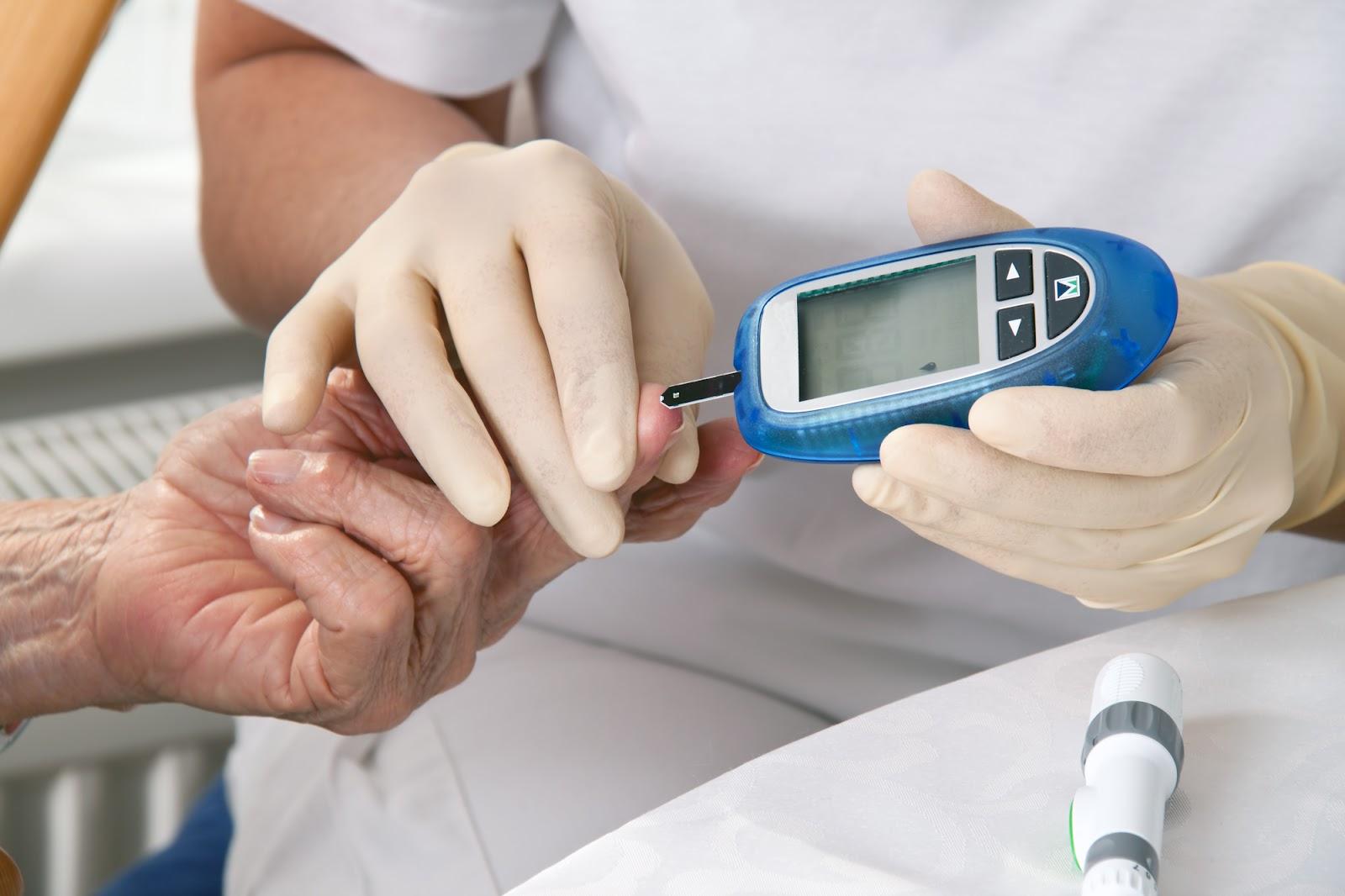The in vitro diagnostics (IVD) test kit market is rapidly growing, driven by technological advancements and an increasing emphasis on healthcare accessibility. However, this growth is not without its challenges. Despite its transformative potential, the IVD industry faces hurdles that must be addressed to ensure sustainable expansion and global reach.
1. Regulatory Hurdles
One of the most significant challenges for the IVD market is navigating complex and varied regulatory frameworks across regions. Each country imposes its own set of standards and approval processes to ensure product safety and efficacy. While these regulations protect consumers, they can delay product launches, increase costs, and stifle innovation.
To address this, companies must invest in regulatory expertise and foster collaboration with governing bodies to streamline approval processes while maintaining compliance.
2. High Costs of Advanced Technologies
Technological innovations such as next-generation sequencing (NGS) and molecular diagnostics have revolutionized the industry. However, the high costs associated with developing and manufacturing these advanced diagnostic tools limit their accessibility, particularly in low-income regions.
Affordable alternatives and scalable production methods are essential to overcome this barrier. Public-private partnerships and subsidies can also play a role in reducing costs and improving market penetration.
3. Limited Access to Healthcare Infrastructure
In many developing countries, the lack of adequate healthcare infrastructure poses a significant challenge to the adoption of IVD test kits. Facilities often lack the resources to store, utilize, and interpret complex diagnostic tools, hindering their effectiveness in these regions.
Expanding point-of-care testing (POCT) capabilities and investing in healthcare infrastructure can help bridge this gap, ensuring that diagnostic tools reach underserved populations.
4. Technological Disparities
While developed nations benefit from cutting-edge diagnostic solutions, many regions face a technology divide. The unavailability of electricity, internet connectivity, and skilled professionals limits the adoption of sophisticated test kits.
To address this, companies are innovating simplified and portable diagnostic devices that require minimal resources and expertise, making healthcare more inclusive.
5. Data Privacy and Cybersecurity Concerns
With the growing integration of digital health solutions and cloud-based diagnostics, safeguarding patient data has become critical. Concerns over data breaches and privacy violations can deter both providers and patients from adopting advanced diagnostic tools.
Strengthening cybersecurity measures and adhering to global data protection standards are vital to build trust and ensure widespread adoption.
6. Market Fragmentation and Competition
The IVD market is highly fragmented, with numerous players vying for dominance. This leads to pricing pressures and challenges in maintaining consistent quality standards. Small and medium enterprises often struggle to compete with established giants due to resource constraints.
Strategic collaborations, mergers, and acquisitions can help create synergies and foster innovation, benefiting the industry as a whole.
Conclusion
While the growth of the in vitro diagnostics test kit market is promising, addressing these challenges is imperative for sustained expansion. By tackling regulatory complexities, cost barriers, and infrastructure limitations, the industry can unlock its full potential, driving innovation and improving healthcare outcomes globally. The path forward requires collaboration, investment, and a commitment to equitable healthcare solutions.



